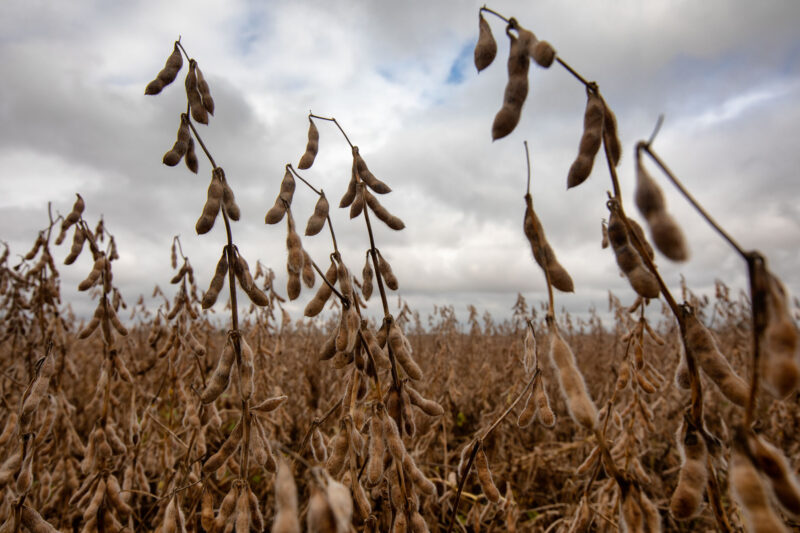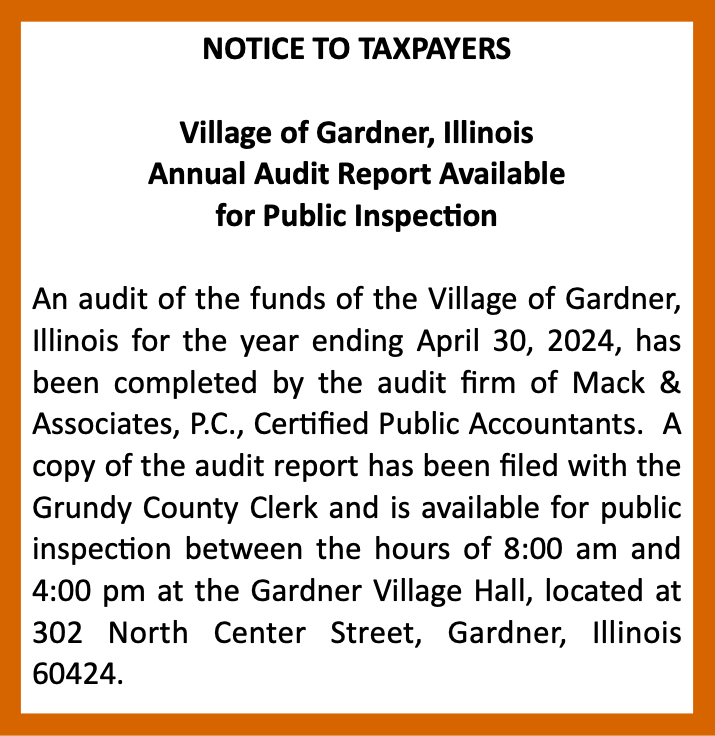Illinois ranks as No. 1 soy, No. 2 corn producing state for 2023
By DANIEL GRANT
FarmWeek

Illinois once again produced some of the largest crops of any state in the nation despite drought and other weather challenges last year, according to USDA’s crop production report released Jan. 12.
**Editor’s Note: If you find the story here of value, consider clicking one of the Google ads embedded in the story. It costs you nothing but Google will give the website owner a few cents. This is a way to help support local news at no cost to the reader.
Prairie State farmers produced 648 million bushels of soybeans in 2023 (down from 2022 but the most of any state nationwide) and 2.27 billion bushels of corn (up slightly from the previous year and the second-most nationwide behind Iowa).
Statewide, yields averaged 206 bushels per acre for corn in 2023 (up 3 bushels from the November estimate but down 8 bushels from the 2022 record) and 63 bushels for beans (up 2 bushels from November and even with last year).
The trend of higher-than-expected yields was also evident nationwide in USDA’s annual crop summary.
U.S. corn production was pegged at 15.3 billion bushels last year with an average yield of 177.3 bushels per acre, both records. Soybean production totaled 4.16 billion bushels last year (down 2% from 2022) with an average yield of 50.6 bushels (up 1% from the previous year).
“It’s a bearish one this year, at least from the reaction so far,” Joe Camp, of CommStock Investments, told the RFD Radio Network after the release of the report. “I think it was triggered first off by these higher yield estimates.”
USDA raised corn yield estimates from its previous report by 9 bushels in Nebraska, 4 bushels in Minnesota and 1 bushel in Iowa, along with the boost in Illinois. Iowa finished with a final corn yield estimate of 203 bushels per acre while Indiana was right behind at 201 bushels.
“Those are big states that really add extra production,” Camp said. “It’s hard to reconcile after the year we had.
“No doubt this crop ended up better than we feared it was going to be,” he continued. “Still, to see states like Iowa be ahead of where they were a year ago is hard to put together.”
**Editor’s Note: If you find the story here of value, consider clicking one of the Google ads embedded in the story. It costs you nothing but Google will give the website owner a few cents. This is a way to help support local news at no cost to the reader.
Futures prices for corn, soybeans and wheat all closed the week on a down note following the release of the report.
“It can be a relief this report is out of the way, with an outlook toward higher seasonal prices normally leading us into spring,” Camp said. “But there’s nothing really friendly to talk about on this crop report.”
As for crop inventory, USDA pegged stocks in all positions as of Dec. 1 at 12.2 billion bushels of corn (up 13% from the previous year), 3 billion bushels of beans (down 1%) and 1.41 billion bushels of wheat (up 8%).
USDA also released its winter wheat seedings report on Jan. 12. It pegged all winter wheat plantings for the 2024 crop at 34.4 million acres, down 6% from the previous year.
Seedings of soft red winter wheat totaled 6.86 million acres, down 13% from 2023. But Illinois farmers bucked that trend and planted 860,000 acres of winter wheat last fall, up 2% from the previous year and up significantly from 650,000 acres in 2022, USDA reported.
This story was distributed through a cooperative project between Illinois Farm Bureau and the Illinois Press Association. For more food and farming news, visit FarmWeekNow.com.
**Editor’s Note: If you find the story here of value, consider clicking one of the Google ads embedded in the story. It costs you nothing but Google will give the website owner a few cents. This is a way to help support local news at no cost to the reader.











































